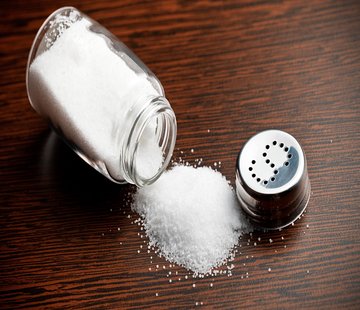
Debunked


Whilst researching for this article I came this quirky quote –
“Salt is what makes things taste bad when it isn’t in them.”
You, dear reader, are probably so accustomed to my concluding sentiments that you could probably write this next bit yourself BUT - for that budding new follower of mine (a little self-flattery never hurt) here is what TO DO …
Aim to buy whole fresh produce and for whole-grains. By eating fresh veggies, meat, fruits and wholegrain you’ll automatically reduce your carb intake from processed foods and a low-carb diet has been shown to lower in insulin levels and help the kidneys better their excess Sodium excretion. The culprits are processed meats like bacon, luncheon meats and cold cuts, tinned vegetable soups, processed pastas and grains. Other hidden sources of high Sodium include salad dressings, sauces, dips, mustard, relishes, ketchup and seasonings.
Snack on whole nuts (unsalted obviously!), flavor your food with olive oil, lemon/orange juice and cook food through methods that preserve flavor like roasting, baking, stir-frying, microwaving or barbequeing. These measures will help you live longer with a pinch of salt ;-)

Juggling many roles from physician to writer to pilates instructor to Marketing-PR executive, Dr. Daamini is constantly pushed and inspired to get creative on how to encompass a Retreat into her daily life.
View Profile